
Are paw protectors good for dogs
Imagine you’re in a snowy Boston afternoon, lacing up your boots while your 10-month-old Golden Retriever, Leo, wags his tail by the door.
Puppy fur feels like a cloud—soft, fluffy, and somehow too perfect for this world. But every dog owner notices it eventually: that first tuft stuck to the couch, or a sudden increase in loose hairs on their favorite sweater. What’s happening isn’t just messy—it’s a milestone. Most dogs start shedding their puppy fur between 4 and 6 months old, though the timeline shifts with breed, size, and even the climate they’re raised in. Smaller breeds like Chihuahuas might begin as early as 3 months, while larger dogs such as Great Danes often wait until 6 months or later. It’s their bodies trading that delicate baby coat for something sturdier, better suited to regulate temperature as they grow.
Don’t be alarmed if the process seems uneven. Some dogs lose fur in patches, especially around the legs or belly, before the rest catches up. This is normal, but keep an eye out for excessive shedding paired with redness or flakiness—those could signal allergies or skin issues, which are worth a vet visit. For double-coated breeds like Huskies or Golden Retrievers, the puppy coat might stick around longer, making way for a denser undercoat and coarser top layer around 8 to 12 months. Brushing a few times a week during this phase helps remove loose fur, reduces tangles, and keeps your home a little less hairy—plus, it’s a great way to bond with your growing pup.
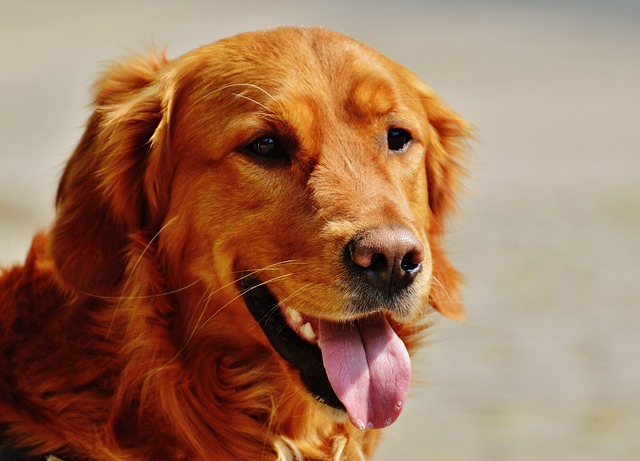 Climate plays a quiet role, too. Puppies raised in warmer regions might shed their winter-ready puppy fur earlier, while those in cooler areas could hold onto it a bit longer to stay cozy. This adaptability is part of what makes dogs such resilient companions, but it also means there’s no one-size-fits-all timeline. What matters more than the exact start date is consistency: a healthy diet rich in omega-3 fatty acids supports healthy skin and fur, making the transition smoother. Talk to your vet about the best food for your breed—some, like Poodles, have hair that grows continuously rather than shedding, so their care routine will look different from a Beagle’s.
Climate plays a quiet role, too. Puppies raised in warmer regions might shed their winter-ready puppy fur earlier, while those in cooler areas could hold onto it a bit longer to stay cozy. This adaptability is part of what makes dogs such resilient companions, but it also means there’s no one-size-fits-all timeline. What matters more than the exact start date is consistency: a healthy diet rich in omega-3 fatty acids supports healthy skin and fur, making the transition smoother. Talk to your vet about the best food for your breed—some, like Poodles, have hair that grows continuously rather than shedding, so their care routine will look different from a Beagle’s.
It’s also worth noting that proper grooming isn’t just about aesthetics—it’s often part of responsible pet ownership, which many local laws emphasize. In cities across Europe and North America, neglecting a dog’s coat can violate animal welfare regulations. Regular brushing not only keeps your pup comfortable but also keeps you on the right side of the law. Plus, it’s a chance to check for ticks, fleas, or any bumps that might need attention—small habits that add up to big health benefits.
By the time your dog reaches 12 to 18 months, the puppy fur should be fully replaced by their adult coat. This is when you’ll see their true color and texture shine through—maybe that golden puppy will grow into a richer, deeper shade, or that fuzzy Lab will develop the sleek coat they’re known for. Embrace the mess along the way: those stray hairs on the carpet are reminders of how quickly they’re growing, how much they’re changing. And when the shedding slows down, you’ll have a well-groomed, healthy adult dog by your side—one whose first big milestone you helped them through, one brush stroke at a time.
Understanding when and how dogs shed their puppy fur isn’t just about managing cleanup. It’s about knowing your dog better, anticipating their needs, and nurturing them through each stage of growth.

Imagine you’re in a snowy Boston afternoon, lacing up your boots while your 10-month-old Golden Retriever, Leo, wags his tail by the door.
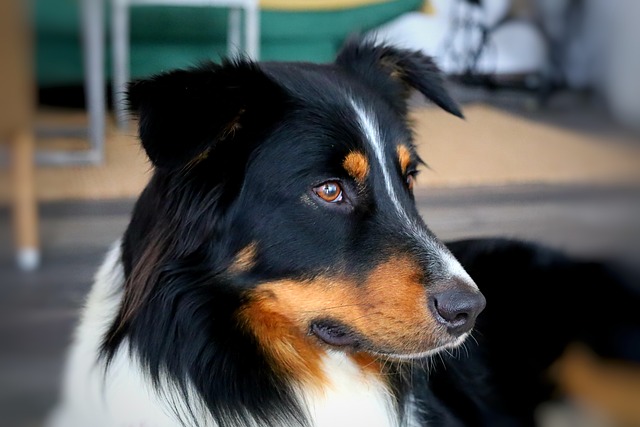
Imagine you’re in your New York City apartment, tossing your 18-month-old Lab mix their favorite rubber chew toy—they usually pounce on it
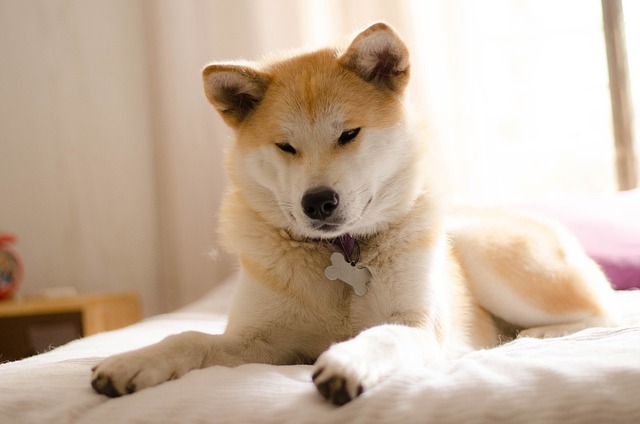
Akitas are striking dogs, but living with one comes with unique challenges that many first-time owners underestimate. Their independent streak runs deep—this isn’t a breed that craves constant attention or blindly follows commands.
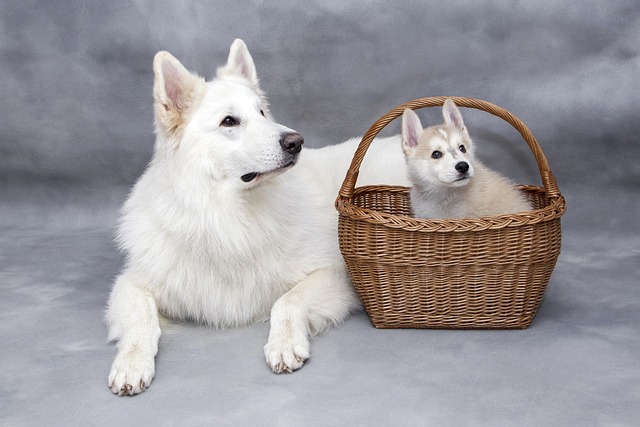
Imagine you’re in your Seattle apartment, handing your 2-year-old Shih Tzu their favorite hard dental chew—they usually grab it and run to their bed, but today they sniff it
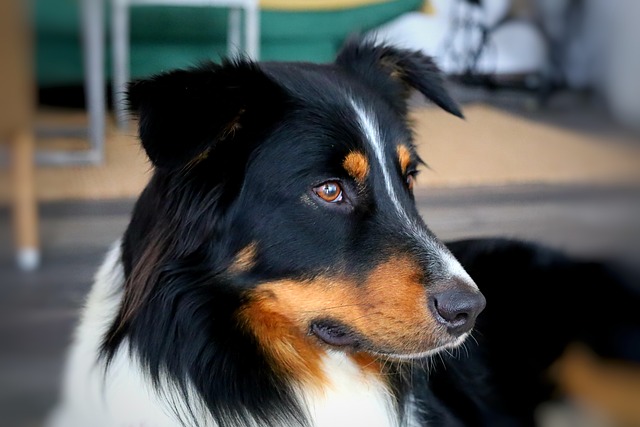
Imagine you’re in your New York City apartment, trying to give your 18-month-old Boston Terrier a belly rub—they usually lean into it, but today they pull away
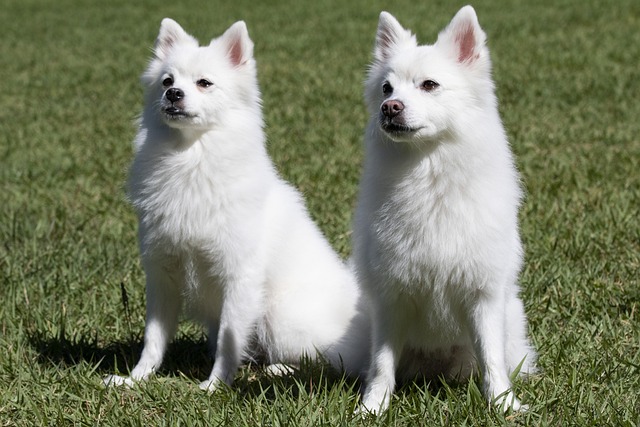
Imagine you’re in your Brooklyn apartment kitchen, stirring a pot of cooked chicken and rice for your 6-month-old Corgi pup.